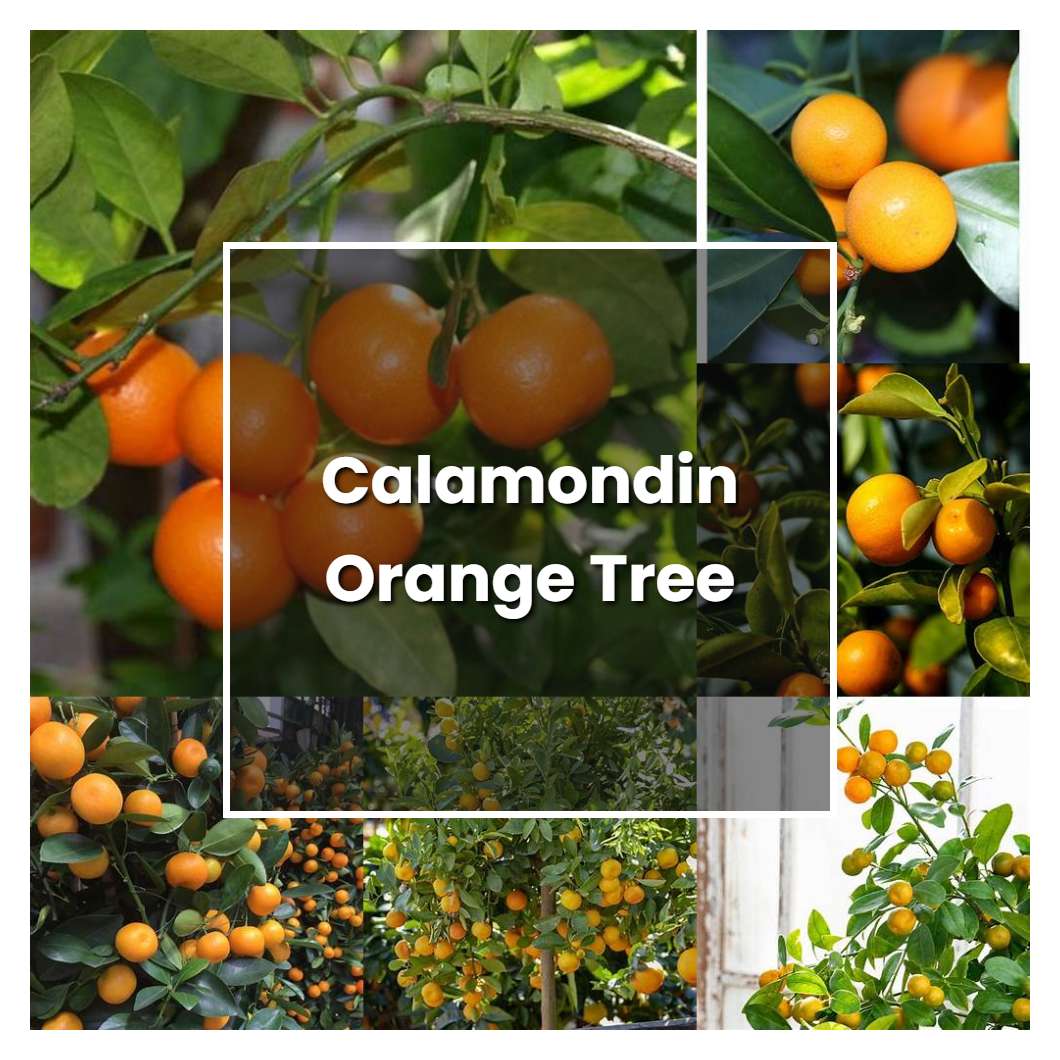Calamondin orange tree is a tart and tangy citrus fruit that is popular in Asia and the Philippines. The tree is believed to be a hybrid of a mandarin orange and a kumquat, and it is often used in jams, marmalades, and beverages. The fruit is also used as a natural cleaning agent.

Related plant:
Citrus Calamondin
Related plant:
Calamondin
About soil condition, the calamondin orange tree prefers acidic, well-drained soils rich in organic matter. If the soil is too alkaline, it can cause the tree's leaves to yellow. The tree also doesn't do well in soggy soils, so be sure to plant it in an area that drains well.
Not too different with other citrus trees, the calamondin orange tree needs a lot of sun. In fact, it needs about 8 to 10 hours of direct sunlight each day to produce fruit. If you live in an area with limited sunlight, you may need to supplement with artificial light.
The temperature condition that is best for a calamondin orange tree is warm weather. This type of tree does not like cold weather and will not thrive in it. The best place to plant a calamondin orange tree is in an area where the temperature stays above freezing.
Ideal humidity condition for this plant are 60-70%. However, it can survive in lower humidity but not for long periods of time. The leaves of the plant will start to drop and the fruit will start to shrivel.
Regarding fertilizer, this kind of plant need high phosphorus and potassium fertilizer during the blooming and fruiting season. The best time to fertilize your calamondin orange tree is early spring and mid-summer. However, you should avoid fertilizing when the weather is hot or the tree is stressed. To help the tree take up nutrients, water it deeply a day or two before fertilizing. As for watering, calamondin orange trees need regular watering, especially when they are young. They should be watered deeply and allowed to dry out somewhat between waterings. Once they are established, they can be watered less frequently. Overwatering can lead to root rot, so be sure not to water too often.
Pruning your calamondin orange tree is important to encourage new growth and maintain its shape. You can prune your tree in late winter or early spring, before new growth begins. Use sharp, clean pruning shears to remove any dead or diseased branches, and cut back any overgrown branches. Be sure to make your cuts at a 45-degree angle, just above a leaf bud.
Propagation is typically done by rooting cuttings taken from the branches of the parent tree. The cuttings should be 4-6 inches long and taken from new growth. They can be planted in a pot or directly in the ground. Be sure to keep the cutting moist and in a warm, sheltered spot until it has rooted.
Usually, the plant growth rate is fast when the tree is young. After the tree matures, the growth rate slows down. However, with proper care, a calamondin orange tree can continue to produce fruit for many years.
Common problems for this kind of plant are pests and diseases. Pests include whiteflies, scale, and mealybugs. Diseases include citrus canker and greasy spot. Whiteflies and scale can be controlled with insecticidal soap or horticultural oil. Mealybugs can be controlled with insecticidal soap, horticultural oil, or neem oil. Citrus canker can be controlled with copper fungicide or sulfur fungicide. Greasy spot can be controlled with fungicides such as propiconazole or myclobutanil.
Source:
calamondin | Gardening in the Panhandle
Mandarin oranges | Diseases and Pests, Description, Uses,
Orange | Diseases and Pests, Description, Uses, Propagation
